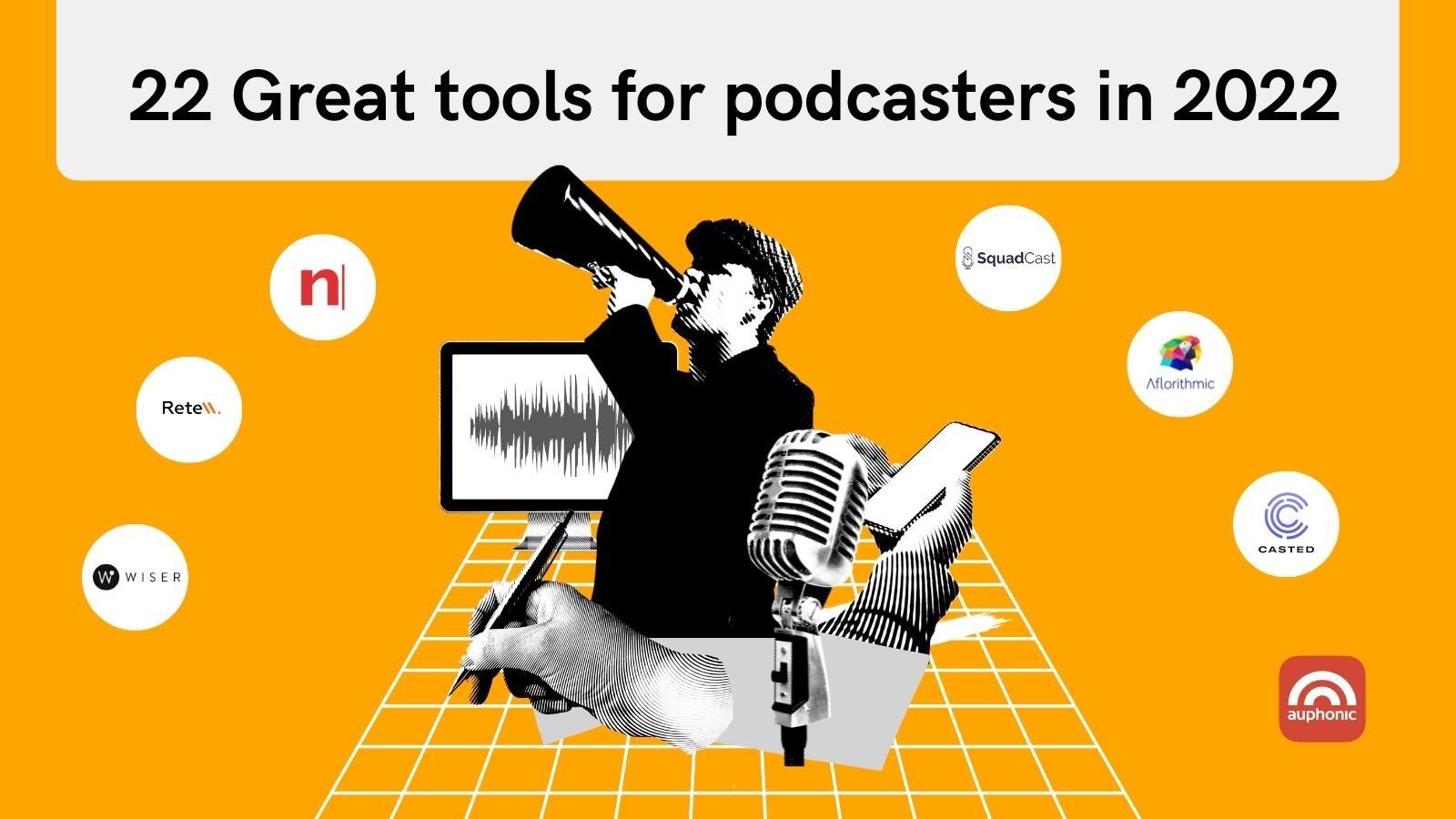In addition to our Leveler,
Denoiser,
and Adaptive 'Hi-Pass' Filter,
we now release the missing equalization feature with the new Auphonic AutoEQ.
The AutoEQ automatically analyzes and optimizes the frequency spectrum of a voice recording,
to remove sibilance (De-esser) and
to create a clear, warm, and pleasant sound - listen to the audio examples below to get an idea about what it does.
New Auphonic AutoEQ Filtering (Beta)
Written by , , on
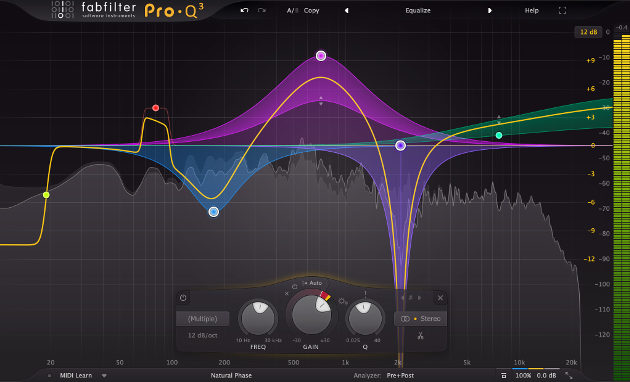
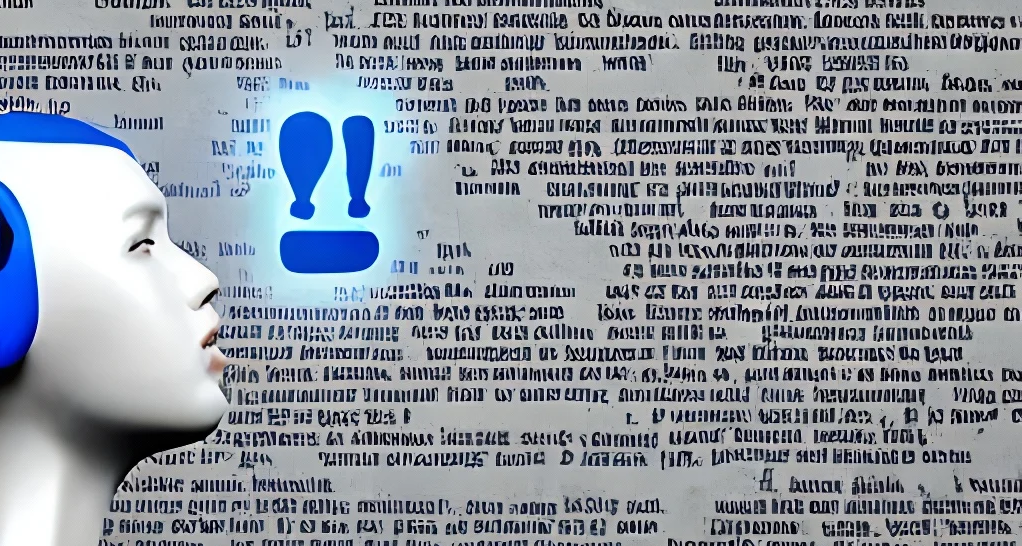
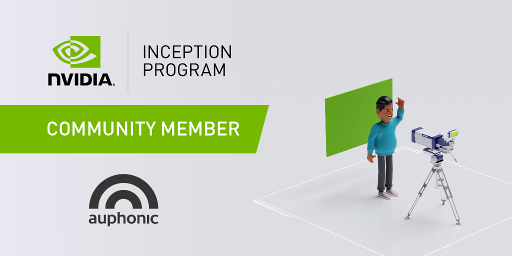

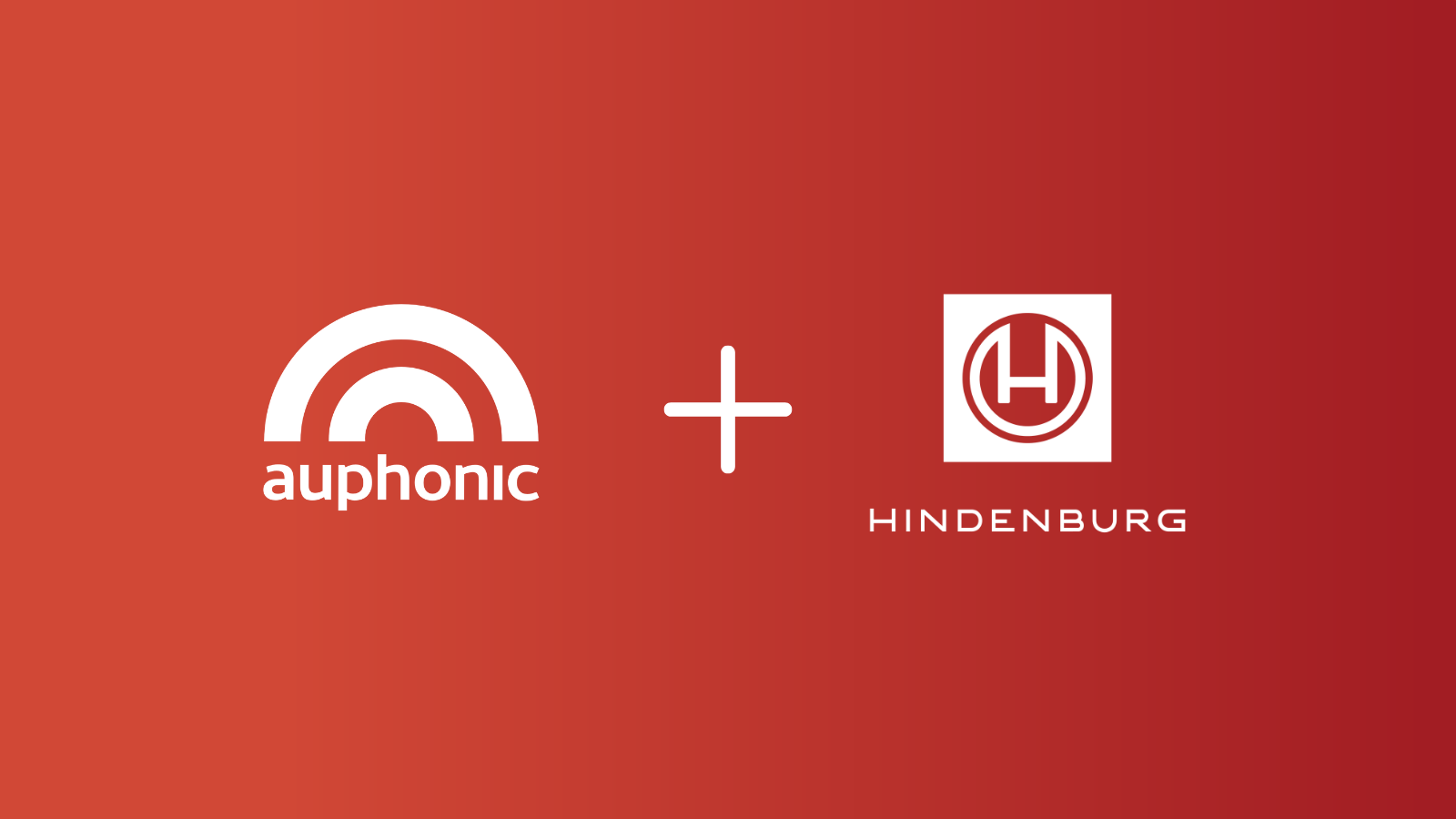
 Photo by
Photo by
 Glitch While Streaming by
Glitch While Streaming by
